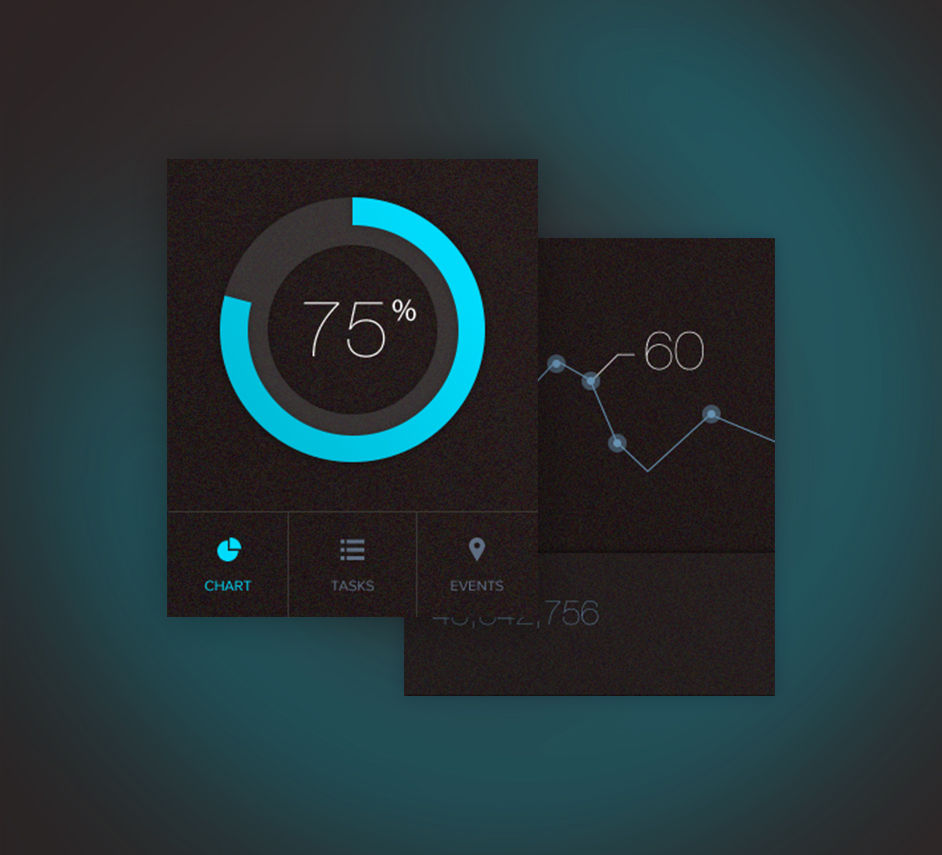Know Your Audience: A Case Study On The Impact Of A Customer Centric Digital Strategy
- Emily Williams
- May 14, 2024
- 4 min read

Background
In a past role, a leading medical research institute approached us to help them understand their user base. They had developed a Health Equity Tracker (HET) with some funding from Google to serve as a data platform for anyone interested in researching and reporting on the state of health equity in the US. The client knew that they were filling a gap in the market, but the larger questions - such as who is using this tracker, and why - remained unanswered.
We got to work straight away. My role was to develop all research materials including a plan, the guide, developing workshop materials and delivering a report. Additionally, as a lead researcher, I supervised junior researchers while they implemented and conducted the bulk of the interviews.
Together, we gathered user input, identify pain points, and implement strategic enhancements to better serve SHLI's diverse user base. This case study highlights the process, findings, and business impact derived from this partnership.
The Problem

The HET serves as a data platform to expose equity issues in health outcomes. Despite its potential, this client recognized the need for a more user-centered approach to inform product strategy. I developed guides for 13 in-depth interviews with stakeholders including researchers, journalists, policymakers, and policy influencers. The guide focused on constructs such as job roles and responsibilities, data relevance, the degree of detail required from the data to perform their job and finally, a task based scenario using the data platform.
We went with our standard recruiting platforms such as UserInterviews and LinkedIn, ensuring a diverse and professional sample. Additionally, we leveraged client contacts in the policy space.
The Messy Middle

Throughout the course of the research, we uncovered several usability issues that have an enormous impact on marketability and engagement. For instance, users were confined to specific topics instead of being able to use an open search format. Additionally, the site navigation was cumbersome and not intuitive for any of our users.
One important finding that arose was the degree of detail needed among roles. Some reported only needing a quick graphic to include in a policy brief or news article, while others need the original source to manipulate, clean and format for statistical programs.
As a result, we emphasized to the client that part of our research was focused on usability and part of it was strategy. If you're not sure who you're designing for, and what they need, it will always feel like you are one step behind the competition without knowing why.
To help them better understand their base, we turned to personas. We divided the users into 4 segments:
The Data Drivers, or the ones who need in depth data from the source.
The Data Interpreter, the ones who need to put data into easy to read language.
The Informers, the ones who embed data in journal articles, news articles, blog posts or other widely distributed media.
The Persuaders, the ones who use data to persuade policy makers to act on a particular issue.
By thinking of users in segments, the technical team behind HET could prioritize who to build for, and therefore, could prioritize which elements to address first.
The Impact

Using personas as a strategic planning tool helped the HET team get clarity on the purpose and audience. As a result, they fixed numerous features and designed the tracker specifically for a policy/journalistic audience.
The first fix was to make the tool more prominent and easier to find. Before our research, the landing only included information about the tracker, with a small and inconspicuous link to the tracker itself. Now, the tracker is featured more prominently on the homepage. This allowed users to get where they need quickly, and helps newer users interact with the tracker from the beginning.
The second, larger question, involved a more long term investment. The technical team behind the HET could either invest resources into making the tracker something for those who need compelling graphics but don't actually need to manipulate data (the Informers, Persuaders and Interpreters) or to link all of the data to the source material for those who need the original data sets (the Drivers).
Ultimately, the team decided that they wanted the HET to be for the Informers, Persuaders and Interpreters. As a result, they were able to focus their development efforts and sprint planning to make the trackers specifically for this group of users.
The Follow Up

Following the research phase, my colleagues and I collaborated with our client to implement the recommended enhancements. This involved iterative prototyping, testing, and refinement cycles to ensure alignment with user needs and preferences. Changes were rolled out gradually, with user feedback informing further iterations.
The enhancements led to measurable improvements in user satisfaction, engagement, and task completion rates within the HET platform.
Most importantly, using personas as a strategic planning tool helped the HET team get clarity on the purpose and audience. As a result, they fixed numerous features and designed the tracker specifically for a policy/journalistic audience, which drove traffic to the website up substantially and encouraged the data to be distributed to a wider viewing base.
The Take Away
Our partnership exemplifies the power of incorporating human centered design principles when developing a product strategy. By prioritizing user feedback, leveraging personas, and implementing targeted enhancements, our client was able to clearly articulate the Health Equity Tracker's value proposition and better serve its target user base. This case study underscores the importance of ongoing UX research in creating a meaningful and effective product strategy.

Comments